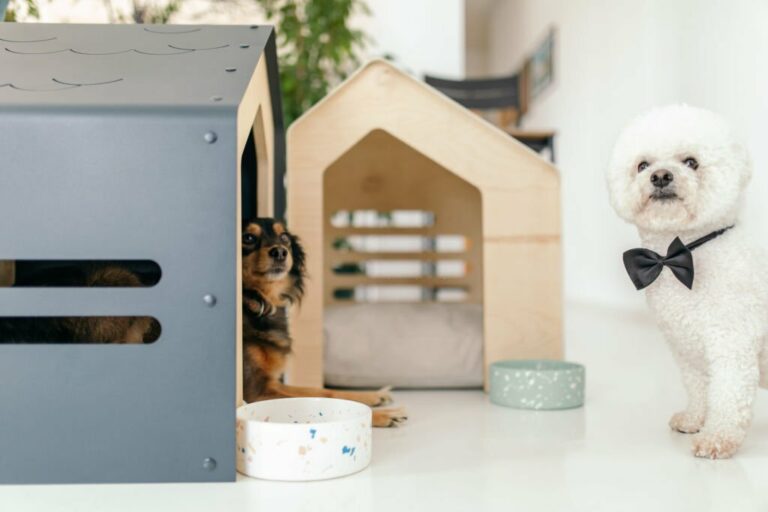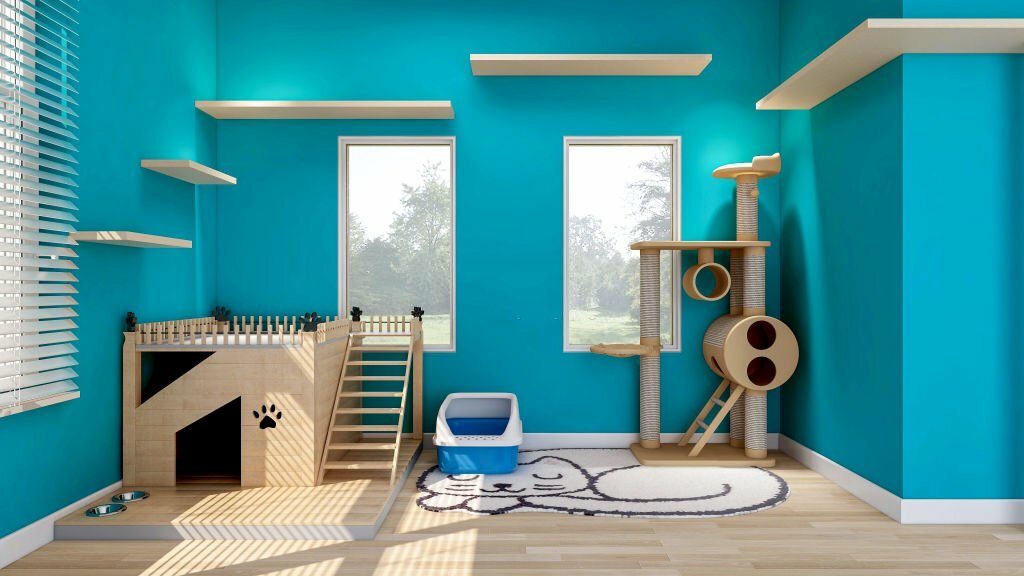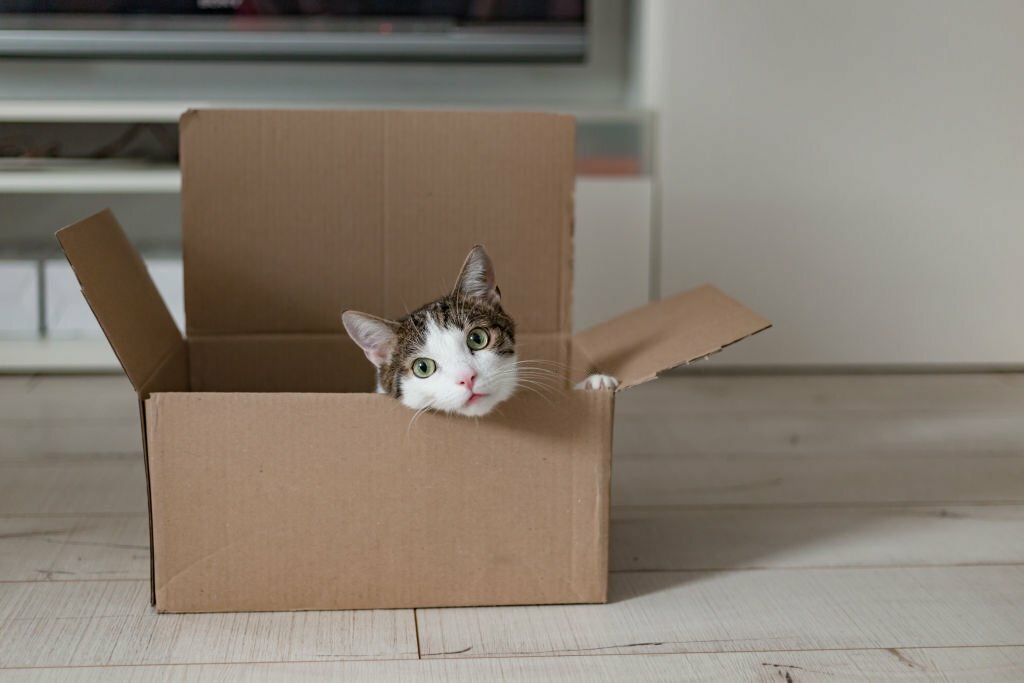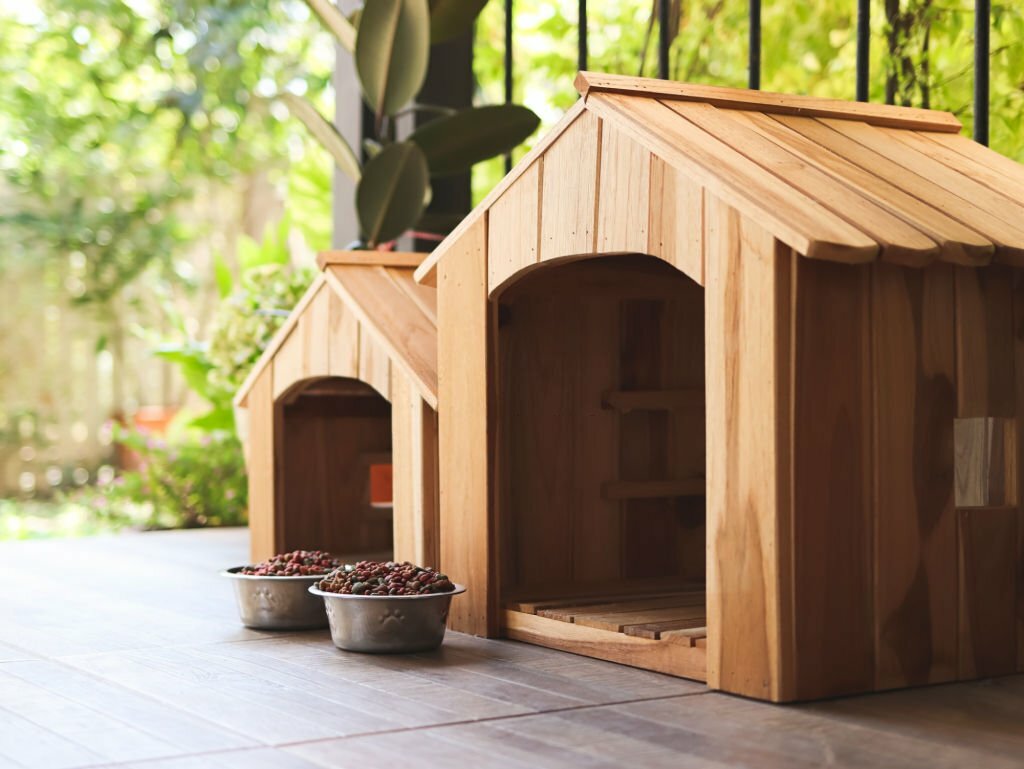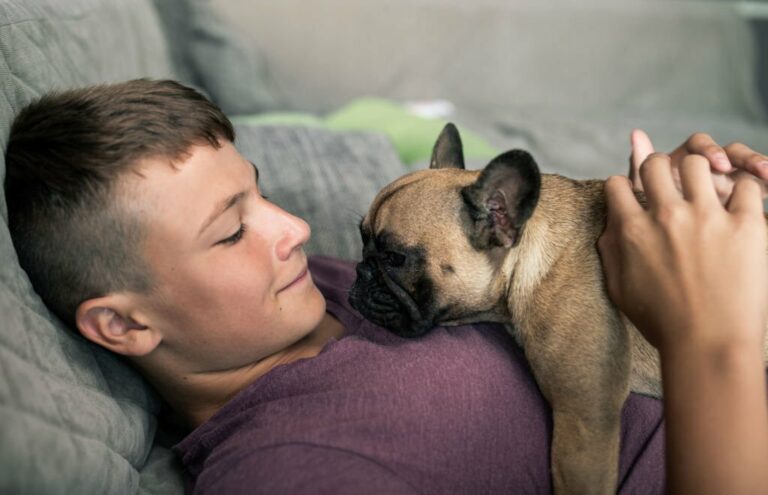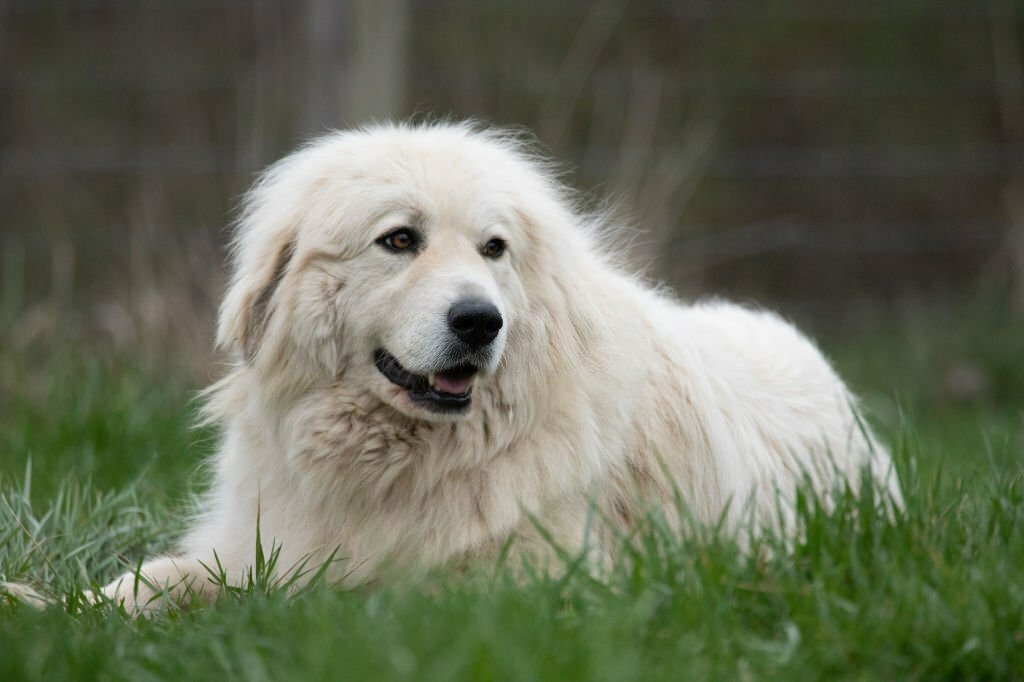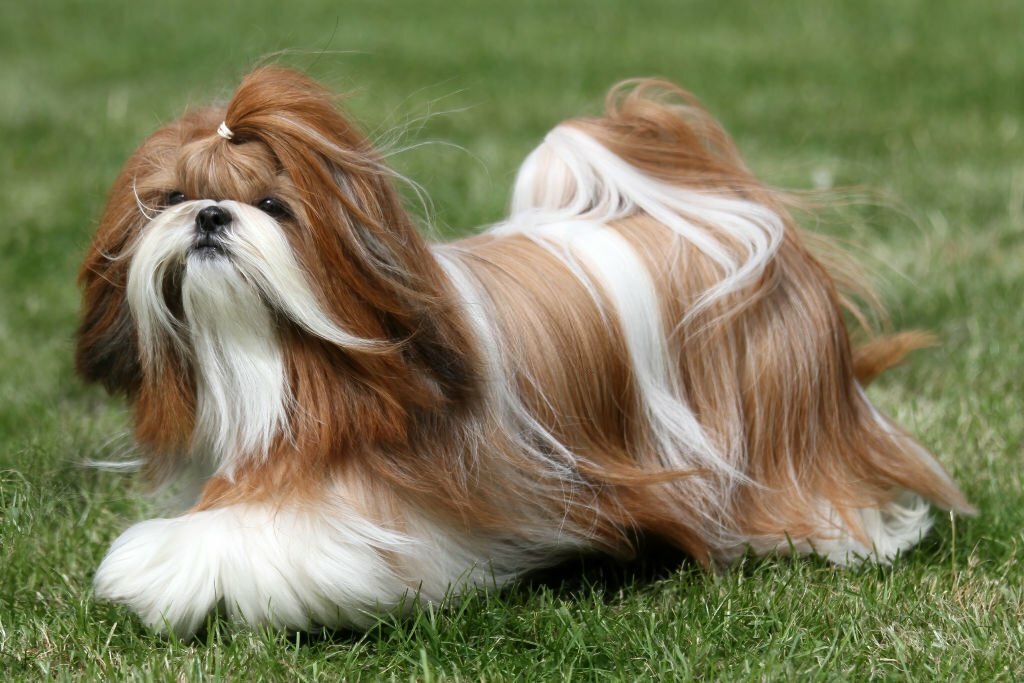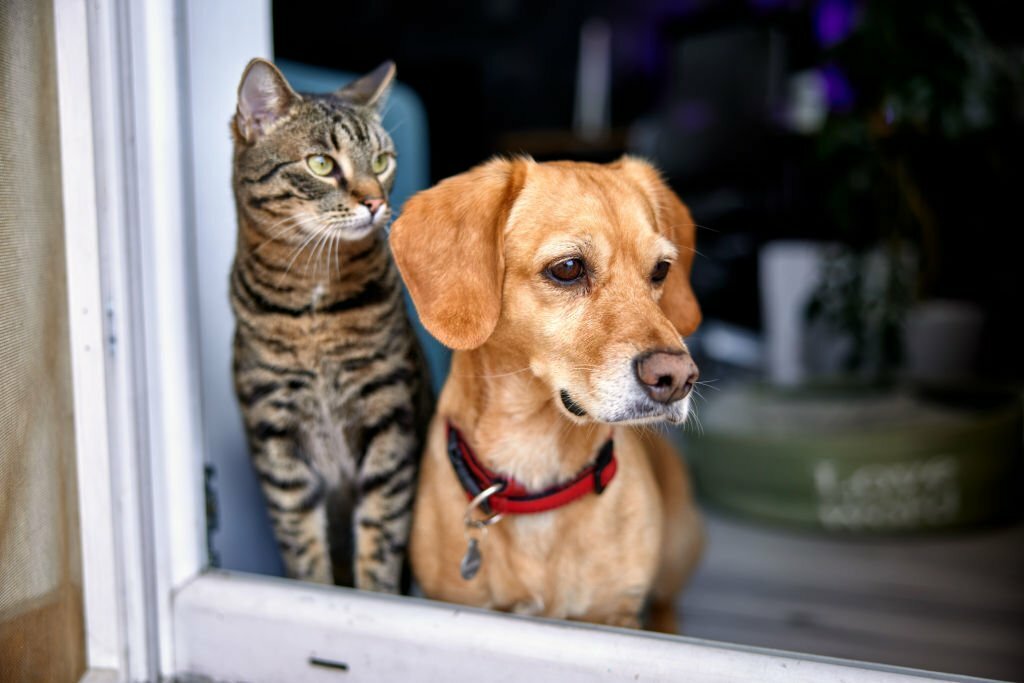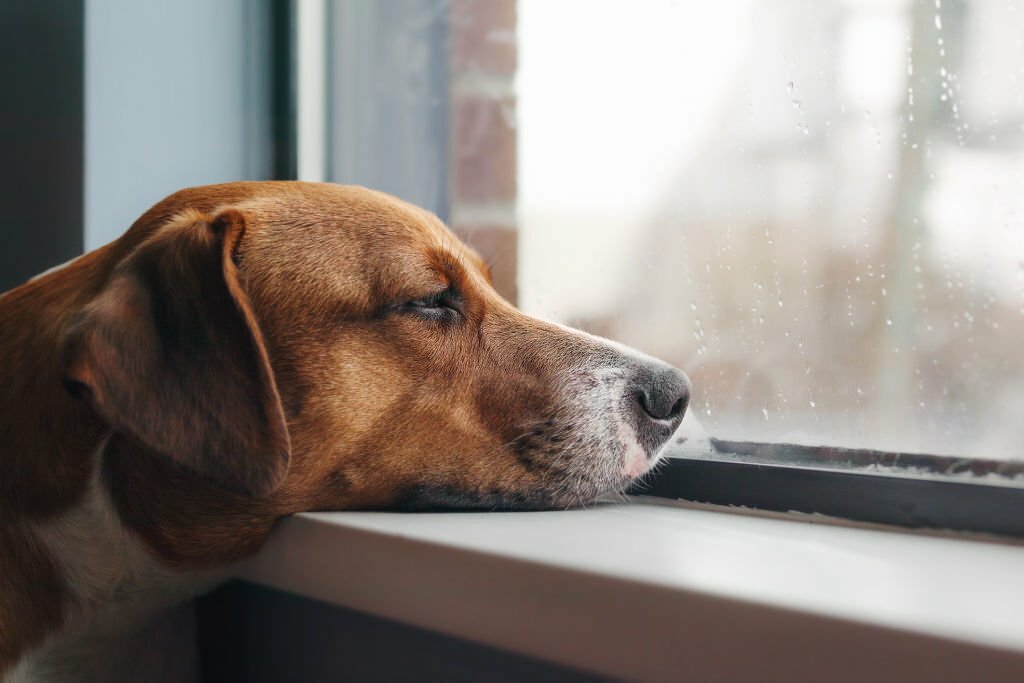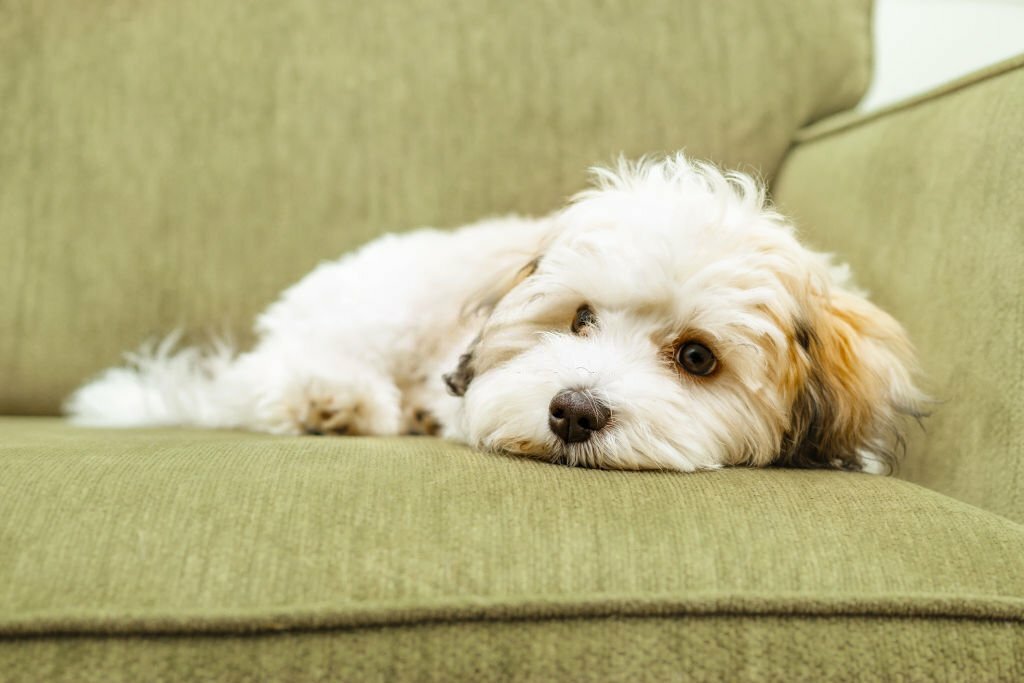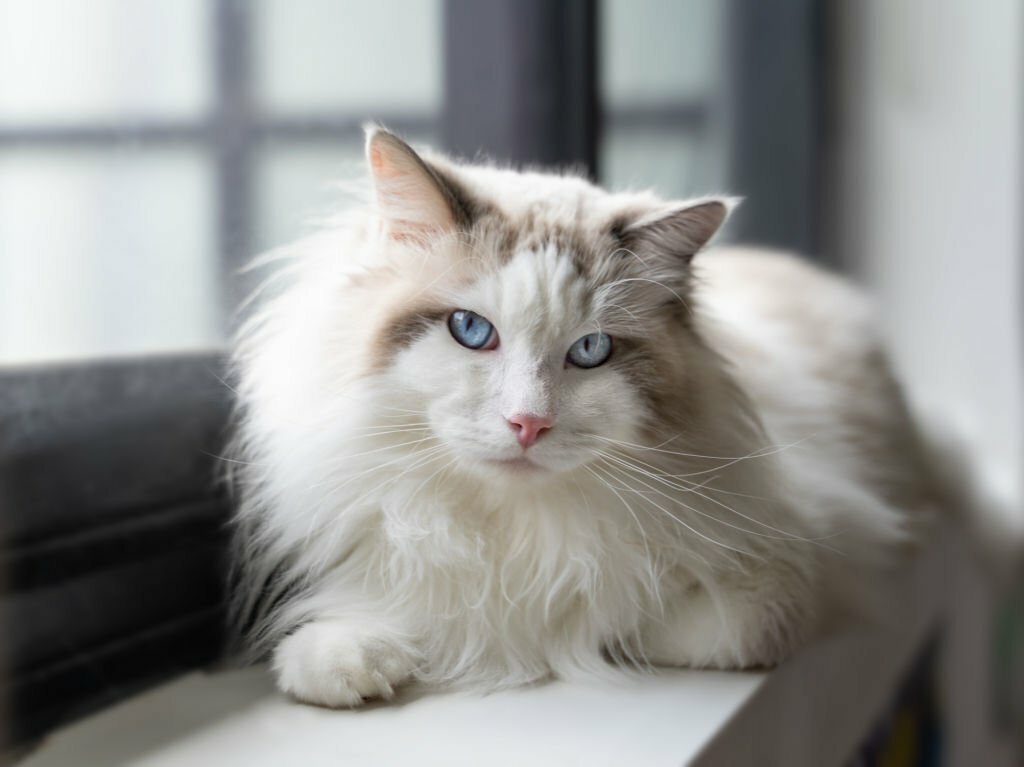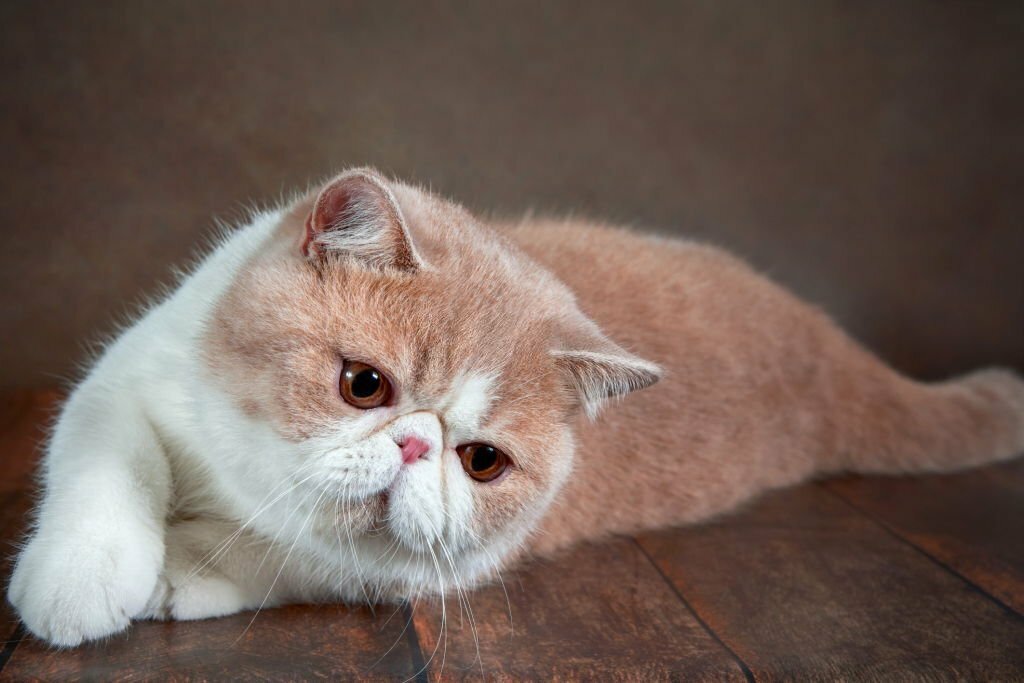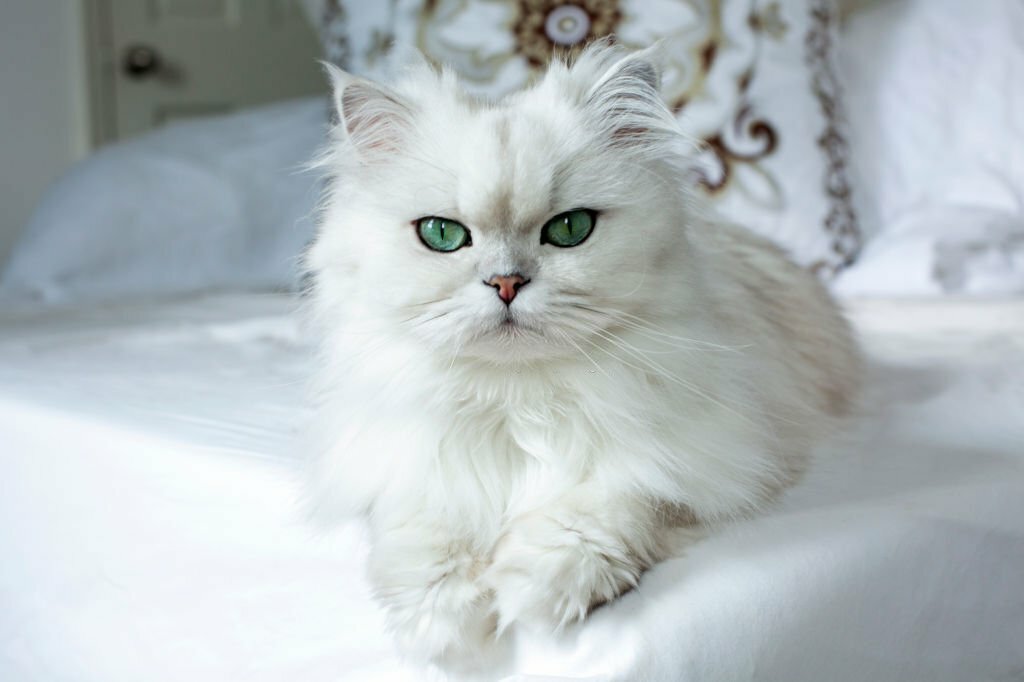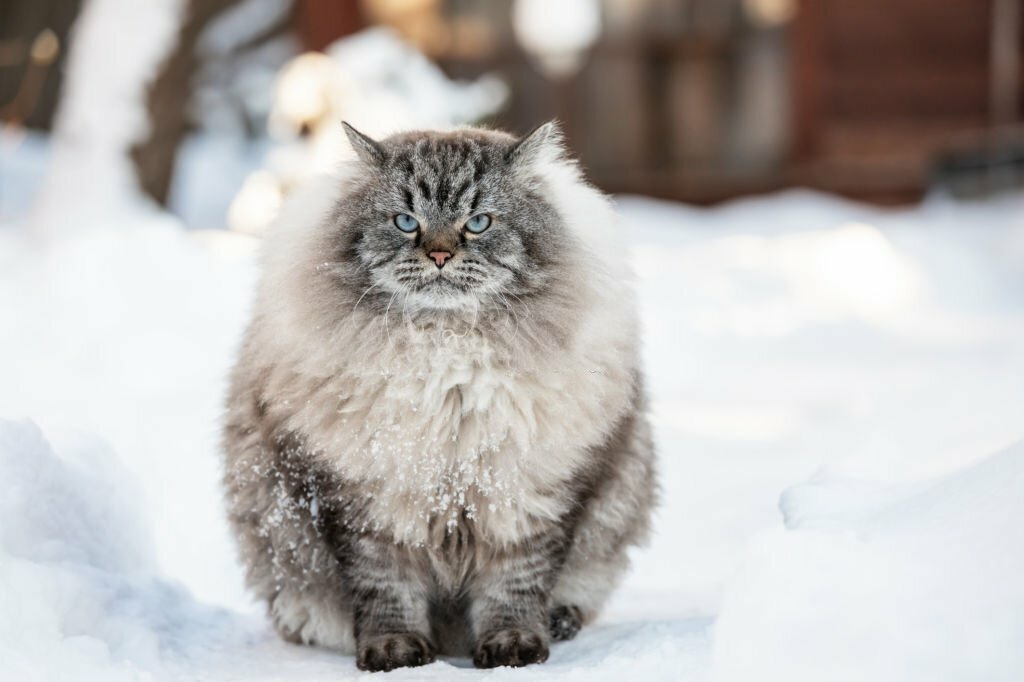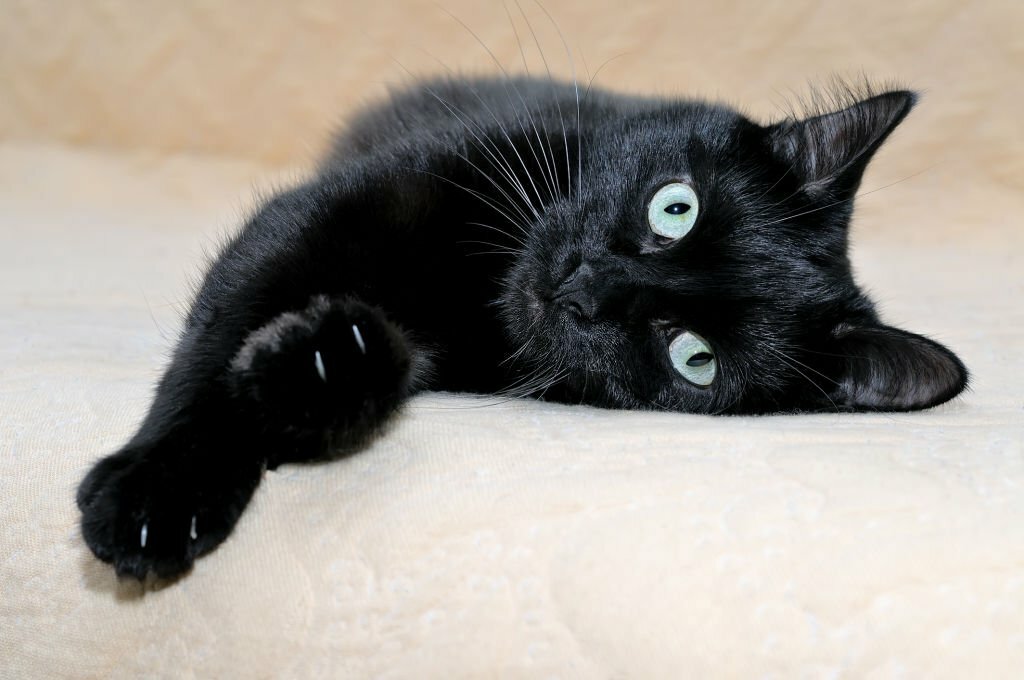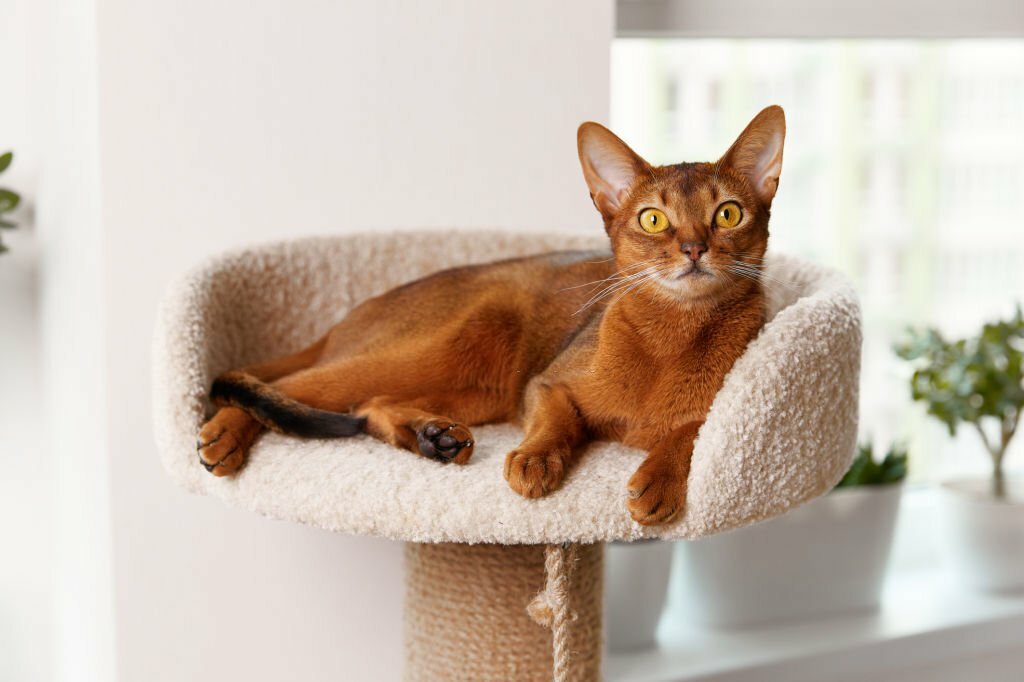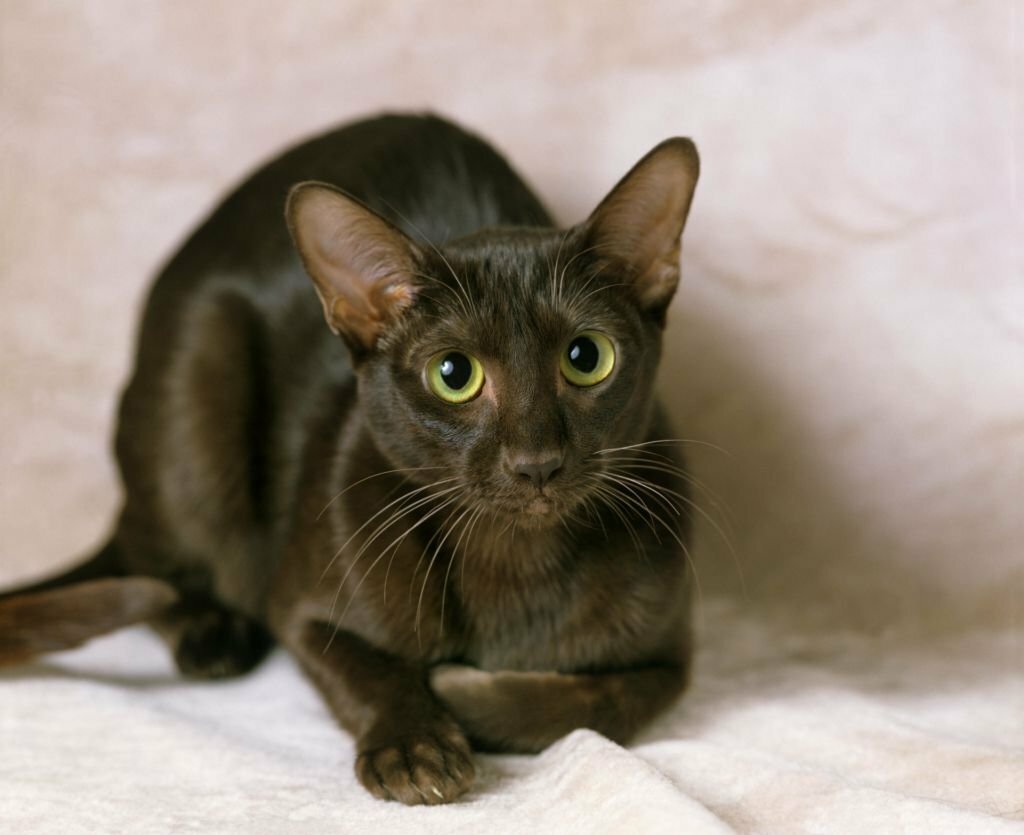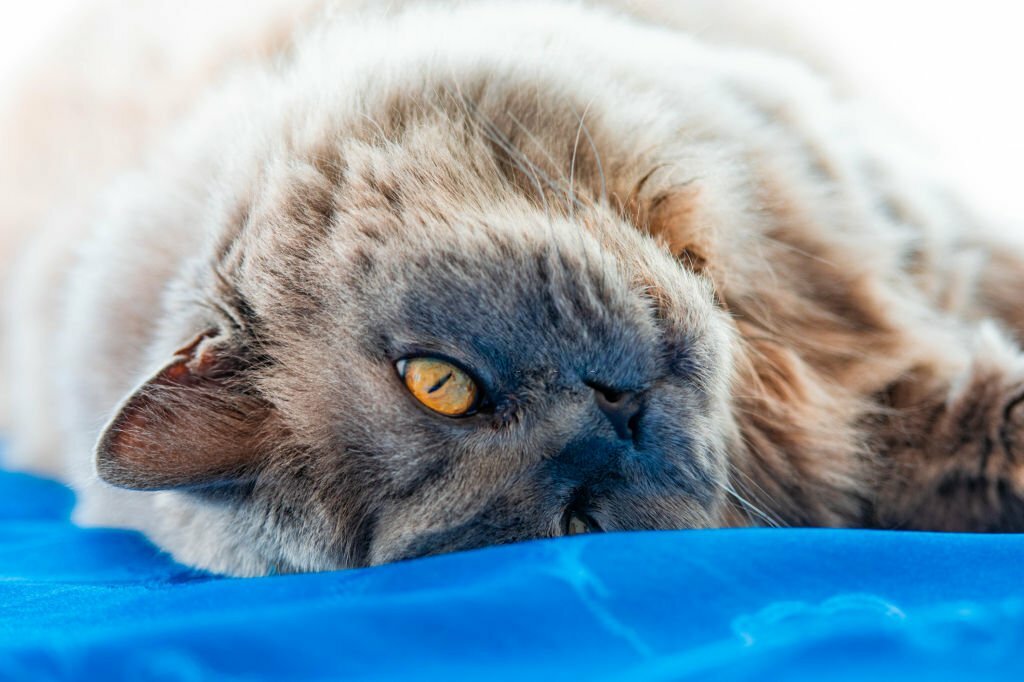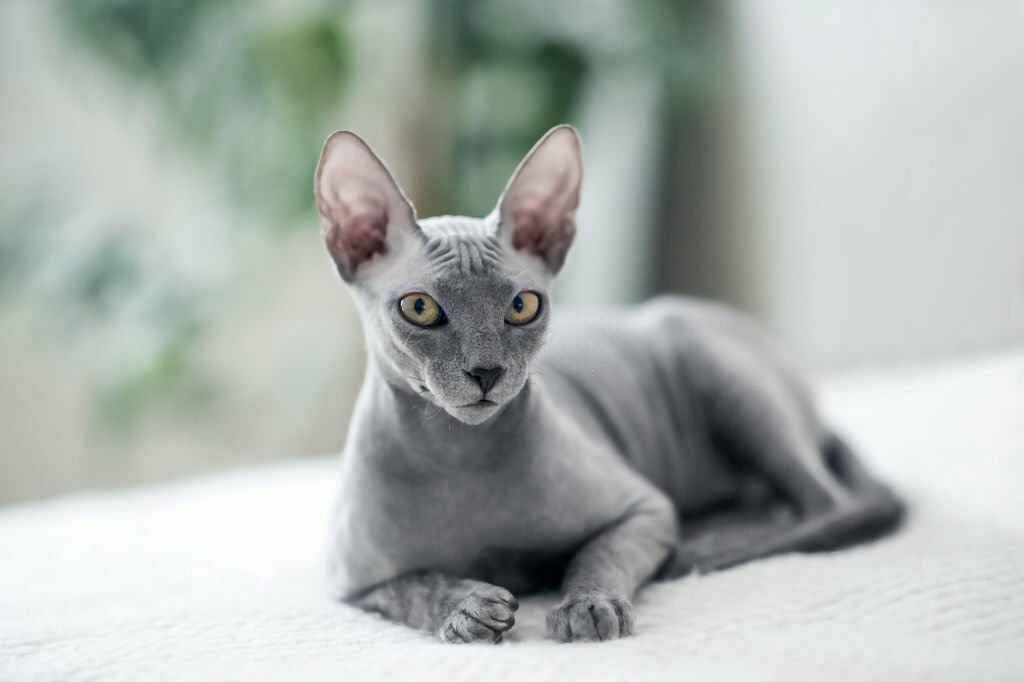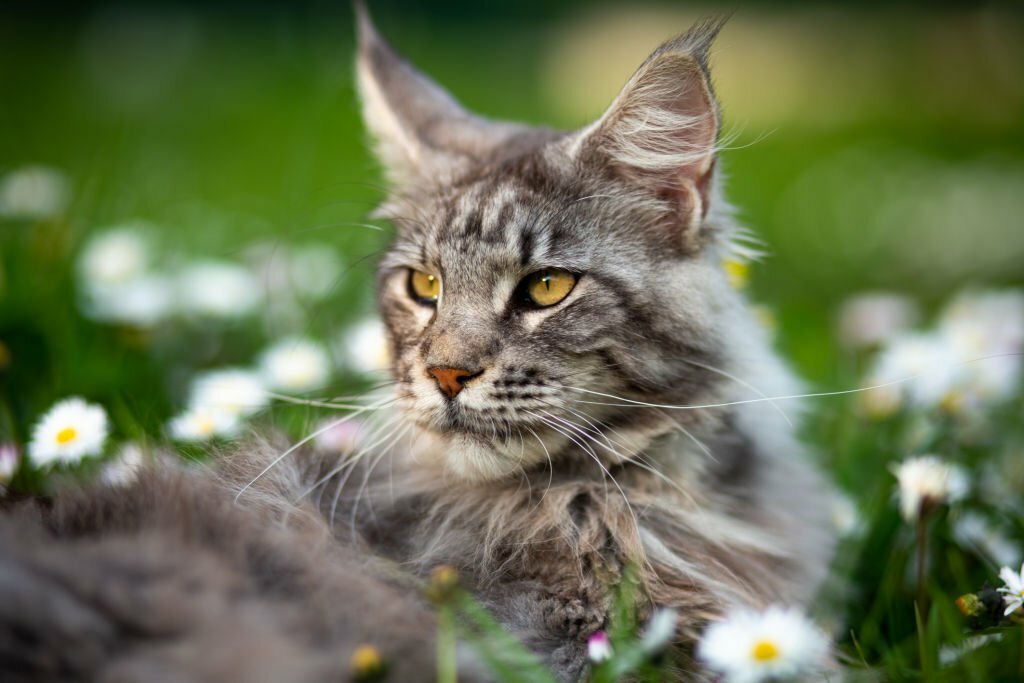Labrador Retrievers have held onto their top spot for 31 years now, as families with young children appreciate this friendly breed as much as the agility sports enthusiasts who pursue them.
Small dogs such as Bichon Frise tend to stick close to their owners and enjoy receiving attention and affection. But they may become destructive without sufficient exercise and mental stimulation.
1. Labrador Retriever
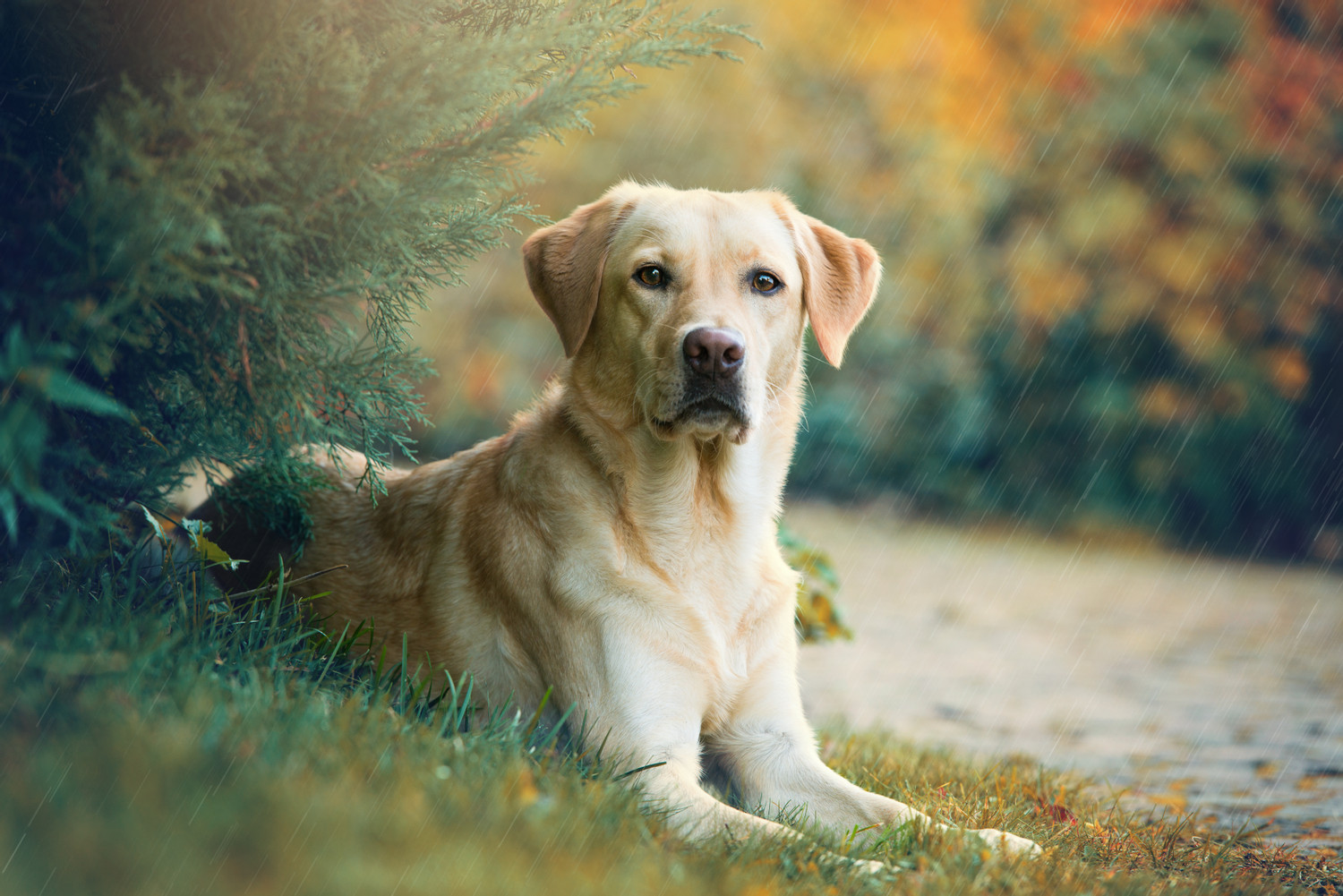 Labrador Retrievers are gentle, intelligent canines who make wonderful family pets. However, their working heritage has also given rise to high-energy dogs that don’t fear diving into freezing waters for retrieving lines and nets. Plus, they follow commands even after other dogs might give up!
Labrador Retrievers are gentle, intelligent canines who make wonderful family pets. However, their working heritage has also given rise to high-energy dogs that don’t fear diving into freezing waters for retrieving lines and nets. Plus, they follow commands even after other dogs might give up!
Labs are commonly employed in drug and explosive detection, therapy, assistance to the disabled, and search and rescue missions; they’re also popular show competitors and sporting dogs.
Labrador Retrievers are among the fastest maturing dogs, reaching adult heights within six to twelve months. During shedding times, they may require daily brushing. Labs carry a genetic mutation that increases their risk for EIC (Excessive Idiopathic Chewing Disorder), hip, elbow. And knee problems as well as some eye issues like progressive retinal atrophy.
2. Golden Retriever
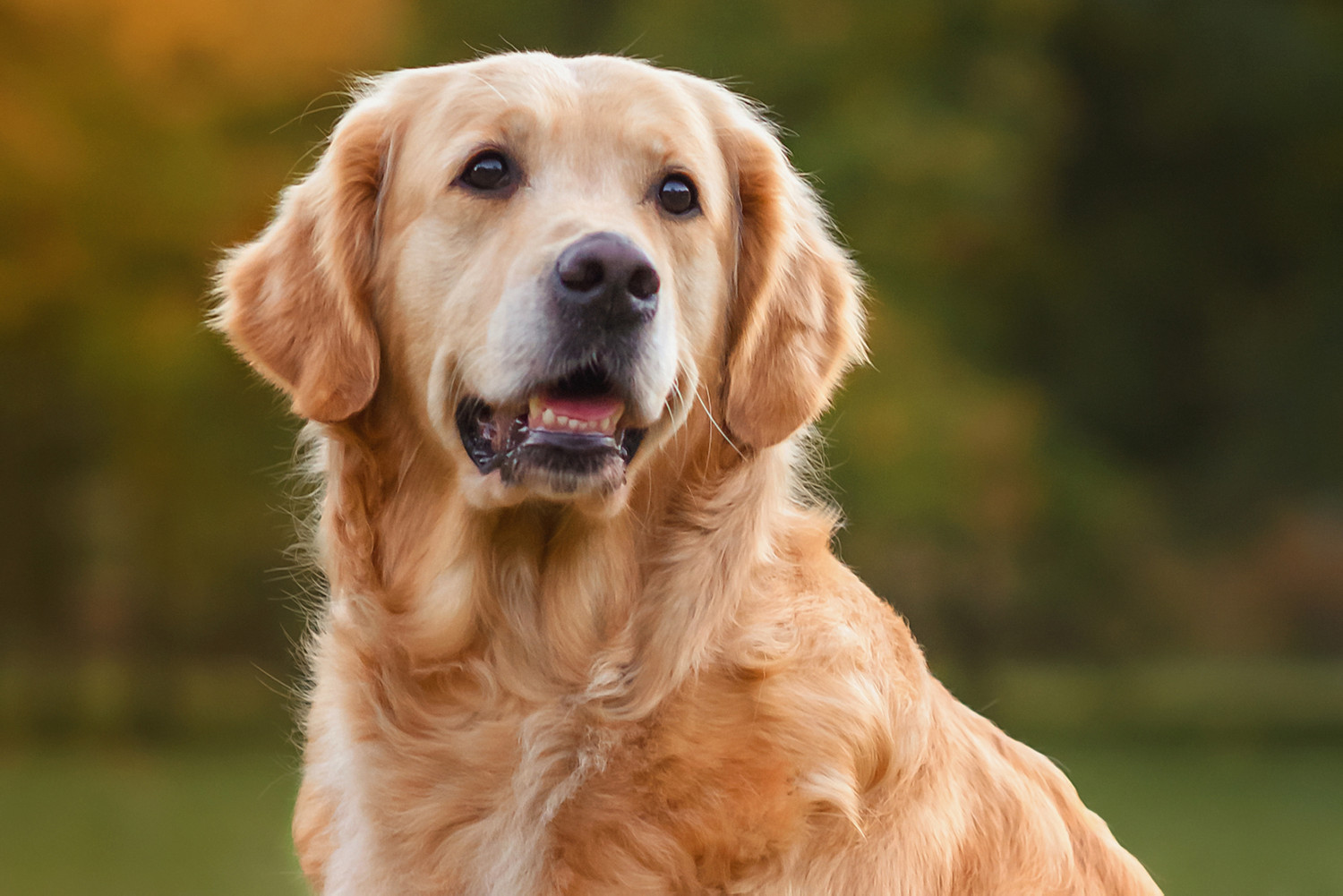 Golden retrievers, with their charismatic personalities and desire to please, make wonderful family companions as well as service or guide dogs for the blind. Furthermore, these extrovert pups often perform exceptionally in dog sports such as obedience and agility training.
Golden retrievers, with their charismatic personalities and desire to please, make wonderful family companions as well as service or guide dogs for the blind. Furthermore, these extrovert pups often perform exceptionally in dog sports such as obedience and agility training.
They’re the kind of breed you see featured in TV shows like Full House and Homeward Bound and Disney films like Air Bud. Smart yet easy to train, Poodles make great companions!
Scottish Terriers are well known to take their job of hunting game seriously and with great gusto. Boasting soft jaws that enable them to carry uncooked eggs in their teeth, this breed also competes in events like obedience and dock diving and makes for wonderful companions.
3. French Bulldog
If you have ever attended a dog show or watched television shows featuring dogs, chances are the Rough Collie will make an appearance. As one of the world’s most beloved breeds and ranking fourth on AKC’s list, Rough Collies are ubiquitous!
French Bulldogs are rapidly gaining in popularity. These playful pups fit easily into any lifestyle as they don’t require a large yard to play in. Additionally, they make wonderful companions for both children and seniors.
Frenchies are affectionate canines who enjoy playing with their owners and enjoying life together. Frenchies can often be seen in popular movies; Carrie Fisher even had one named Gary who became quite the celebrity!
4. Poodle
Poodle (Caniche in French) dogs are among the highest-breeding canines. Beneath their curly coats that can be styled into specific patterns lies a highly intelligent breed with athletic, playful, and intelligent traits.
Studies have demonstrated their swift learning capabilities and they quickly pick up on new tricks with ease. Their noble natures make them wonderful companions, as they enjoy spending time with their families.
At the first meeting, Labs can be reserved when meeting strangers but quickly open up to those they know. Though often misunderstood as prissy dogs, Labs are quite intelligent canines who enjoy communicating with their owners via body language and vocal cues. Protective of homes and loved ones alike, Labs may experience separation anxiety. Their webbed toes act like flippers when swimming underwater.
5. German Shepherd
German Shepherds are highly intelligent working dogs that possess the confidence needed to excel at multiple tasks. G-Shepherds love their families and are naturally protective, often going the extra mile in protecting them. And german Shepherds have even been used as war guides during both world wars. You might recognize this breed from movies like “Marley & Me” or Sam in I Am Legend.
This highly trainable breed has a competitive spirit that often sees them taking part in dog sports such as Schutzhund, agility, and flyball. They require an owner willing to invest time with them. And give them somewhere to channel their energy; otherwise, it could become destructive. These dogs make excellent additions to active families with young children.
6. Rottweiler
Rottweilers may appear intimidating, but they’re far from aggressive. With proper and consistent training, Rottweilers become loving family companions that provide excellent protection. Rottweilers have also proven invaluable during natural disasters as search and rescue dogs, offering much-needed relief assistance to people.
Rottweilers possess a confident yet relaxed demeanor that allows them to respond quietly and with an indifferent wait-and-see approach to strangers. Intelligent and willing to work, Rottweilers make excellent guard dogs and police dogs. Their muscular bodies allow them to carry heavy loads easily. Furthermore, their historical role as herders and guardians has enhanced their instinctual fearfulness towards unfamiliar people which acts as an effective deterrent against crime or terrorist threats.
7. German Shorthaired Pointer
GSPs are lively dogs that make excellent companions. Intelligent, loyal, and highly active, GSPs require plenty of physical exercises as well as ample living space to thrive in. Male GSPs typically stand 23-25 inches in height and weigh between 55 to 70 pounds.
GSPs were first developed in Germany during the 1700s and 1800s as multipurpose hunting dogs, created from crossing German bird dogs with scent-trailing hounds and English pointers to produce multipurpose hunting companions capable of pointing birds, and mammals and dispatching wounded game.
GSPs are versatile dogs used by hunters as well as family pets, needing daily exercise. Without it, their high energy can become bored and act out with behaviors such as digging holes or barking at small wildlife and pets nearby. If these activities don’t occur regularly enough, boredom sets in and acts out through digging holes, and barking at wildlife and pets alike!
8. Pembroke Welsh Corgi
Corgis are intelligent, loving dogs who require plenty of activity and companionship to thrive. While these playful canines enjoy playing together, their independent spirits and strong bark can make them wary around strangers. Corgis respond well to obedience training programs and have an acute sense of smell and sight.
Pembroke Welsh Corgis may appear small, but they’re hardworking dogs nonetheless. Queen Elizabeth II has owned at least 30 corgis since her father gave her one as a present back in 1933; their unique appearance with short legs and no tail sets them apart from other herding breeds.
Corgis have thick, weatherproof double coats made up of soft undercoat and coarse outercoat that lies flat. Daily brushing with a slicker or comb helps reduce shedding; pet wipes should also be used on their eyes regularly to avoid tear staining.
9. Wheaten Terrier
Irish Soft-Coated Wheaten Terriers made an unexpected and welcome entrance into the top 10 list in 2019, debuting at #19. Their distinctive looks may account for part of their rise to popularity; however, it should not be forgotten that these dynamic terriers possess unique personalities that should not be discounted when considering their success in life.
People-oriented and friendly towards strangers, these dogs make great watchdogs – alerting their owners to visitors while rarely becoming aggressive or hostile towards other dogs or people.
Wheaten Terriers are highly energetic dogs that need daily physical activity to remain happy and engaged. Regular grooming appointments must take place to remove loose hairs from their silky coats – which come in various shades of wheaten (hence their name). While adaptable enough for apartment living, wheaten still needs daily walks for exercise. Best known for its 19-season role on the Lassie TV series!
10. Giant Schnauzer
Giant Schnauzers make powerful statements and their dense, coarse coat is available in either black or salt-and-pepper tones. Their distinct beard and eyebrow shape emphasize their intelligence while their beard- and eyebrow-shaped beard add a distinctive feature that sets off their serious expressions. While these pups can be trained for dog sports events such as agility training, they make fantastic guardians when given adequate exercise and the attention they require.
Your Bengal breed may possess a high prey drive and should be kept away from small animals, however, if socialized as puppies they can live peacefully with other canines. They require regular brushing and at-home trimming to keep their thick coat healthy.
Giant Schnauzers can be domineering dogs that require an owner who understands how to display authority in a firm yet confident manner. Due to being predisposed to gastric dilatation-volvulus (or bloat), giant Schnauzers require plenty of exercises; those living in homes with fenced yards and long walks will find them best.


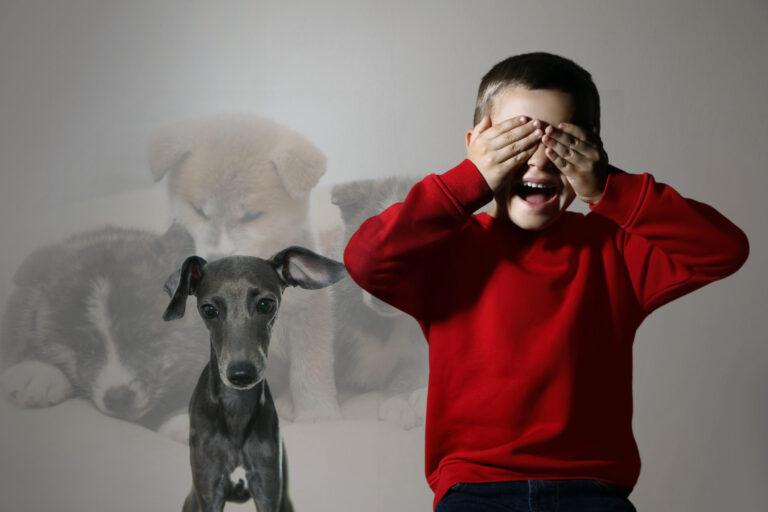
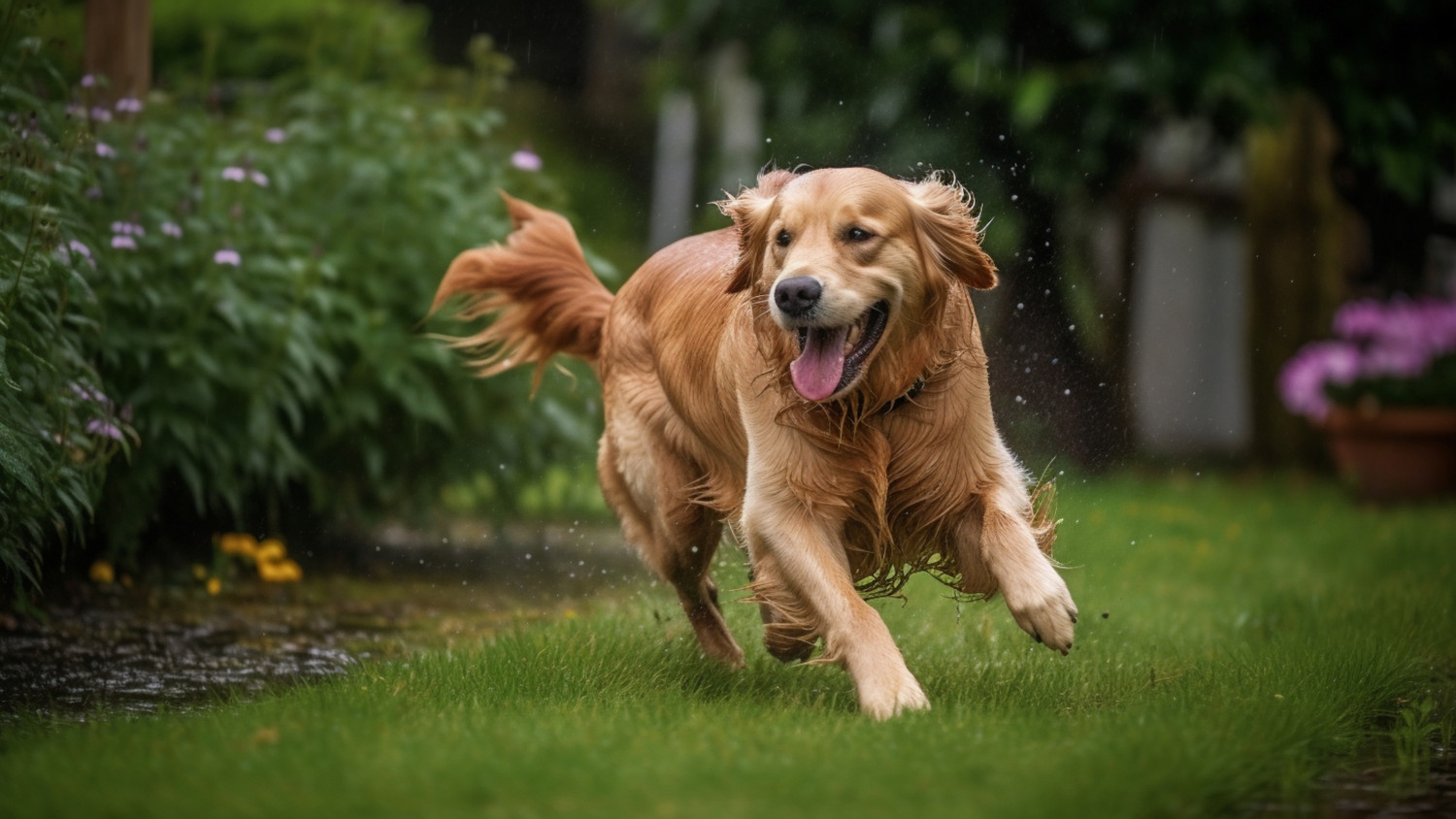 Dogs are one of the most beloved household pets and have been shown to significantly lower anxiety in their owners. Affectionate and social, dogs are great companions and distractions while their playful nature provides exercise motivation and can boost serotonin levels, create an oxytocin surge, and decrease cortisol production – all essential steps towards mood improvement!
Dogs are one of the most beloved household pets and have been shown to significantly lower anxiety in their owners. Affectionate and social, dogs are great companions and distractions while their playful nature provides exercise motivation and can boost serotonin levels, create an oxytocin surge, and decrease cortisol production – all essential steps towards mood improvement!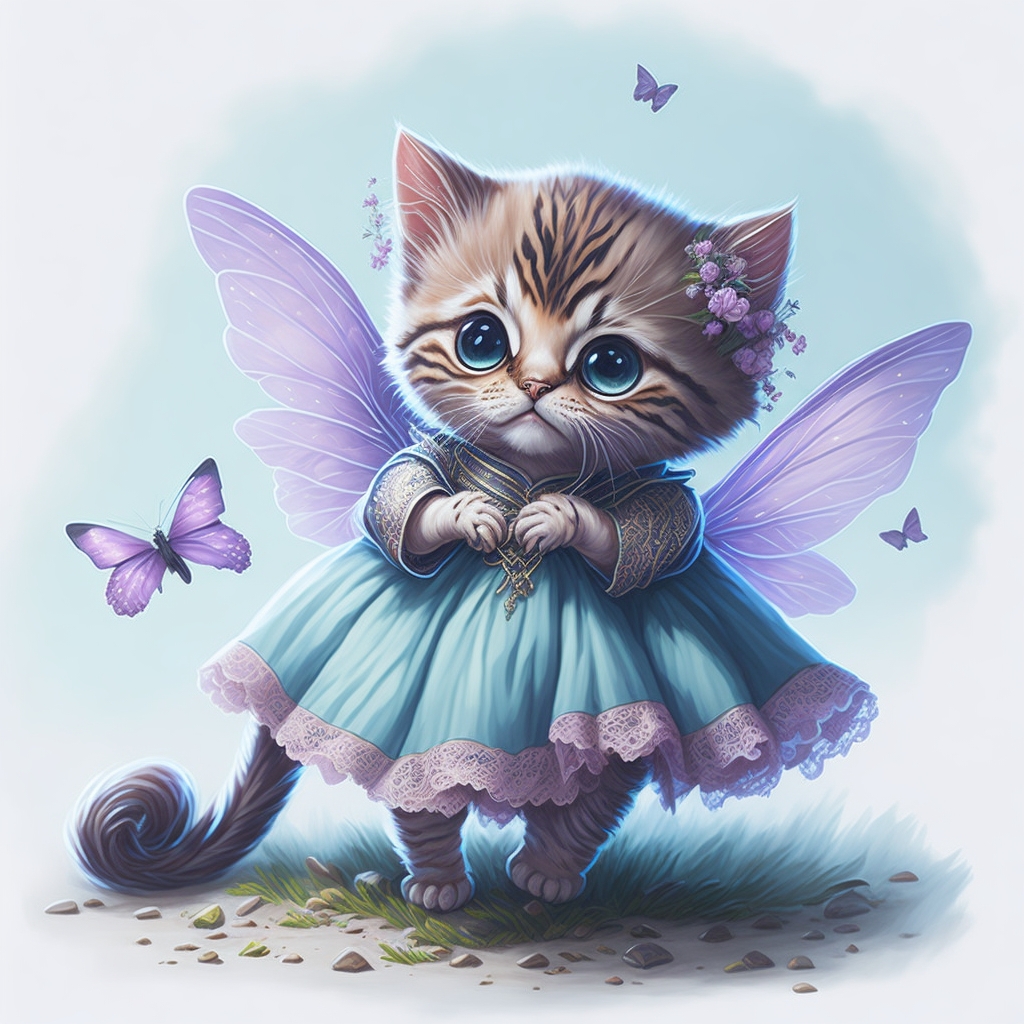 Millions of people own cats and have found comfort, companionship, and calm in them. Though scientific research into this phenomenon is still in its infancy, cats do provide emotional and mental health benefits; for instance, their rhythmical purring can help regulate heart rate and breathing while repeated stroking can be highly soothing. Furthermore, cats’ unconditional love may trigger dopamine release in your brain which in turn boosts your mood while counteracting depression and anxiety symptoms.
Millions of people own cats and have found comfort, companionship, and calm in them. Though scientific research into this phenomenon is still in its infancy, cats do provide emotional and mental health benefits; for instance, their rhythmical purring can help regulate heart rate and breathing while repeated stroking can be highly soothing. Furthermore, cats’ unconditional love may trigger dopamine release in your brain which in turn boosts your mood while counteracting depression and anxiety symptoms.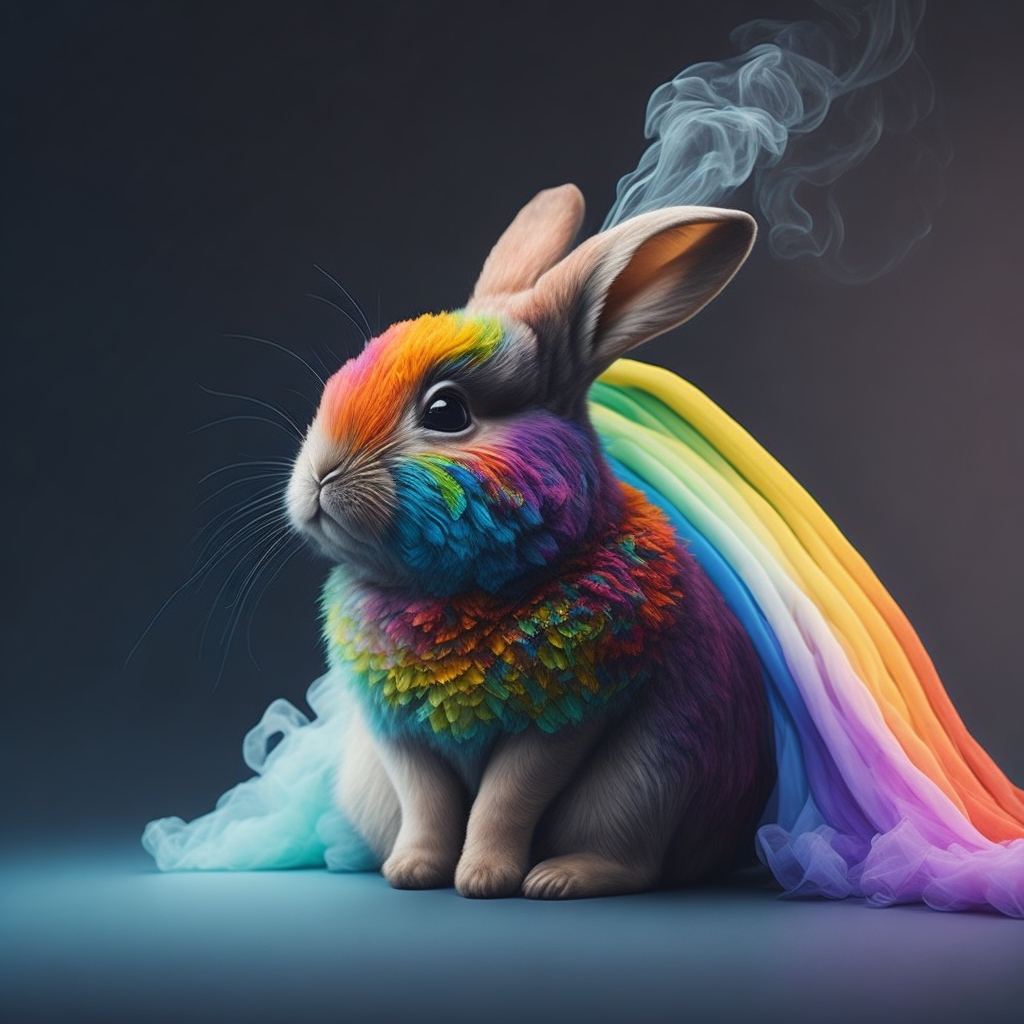 Dogs may be thought of as ideal support animals for anxiety and depression, but cats and rabbits may also prove useful as companions. These adorable critters bond quickly with humans to offer companionship that helps lower stress levels, boost self-esteem, learn new skills, exercise more efficiently, as well as provide mental stimulation through pet ownership responsibility and giving something positive to look forward to each day – not forgetting stroking and cuddling animals can release happy hormones such as oxytocin!
Dogs may be thought of as ideal support animals for anxiety and depression, but cats and rabbits may also prove useful as companions. These adorable critters bond quickly with humans to offer companionship that helps lower stress levels, boost self-esteem, learn new skills, exercise more efficiently, as well as provide mental stimulation through pet ownership responsibility and giving something positive to look forward to each day – not forgetting stroking and cuddling animals can release happy hormones such as oxytocin! Birds may not be your go-to pet when it comes to anxiety and depression relief. But they make one of the best companions. Birds are highly affectionate creatures who make great therapy animals. Plus, they’re fantastic at entertaining themselves for extended periods while keeping owners company.
Birds may not be your go-to pet when it comes to anxiety and depression relief. But they make one of the best companions. Birds are highly affectionate creatures who make great therapy animals. Plus, they’re fantastic at entertaining themselves for extended periods while keeping owners company.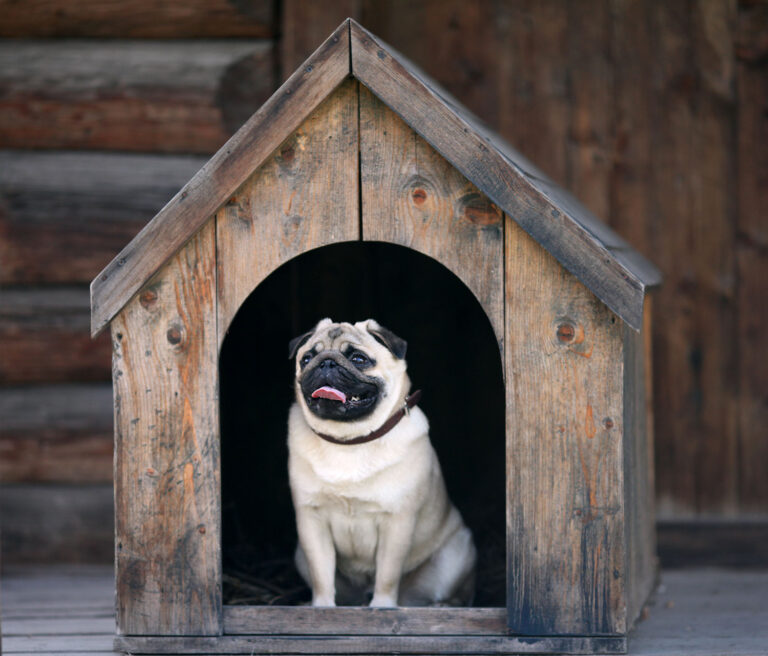
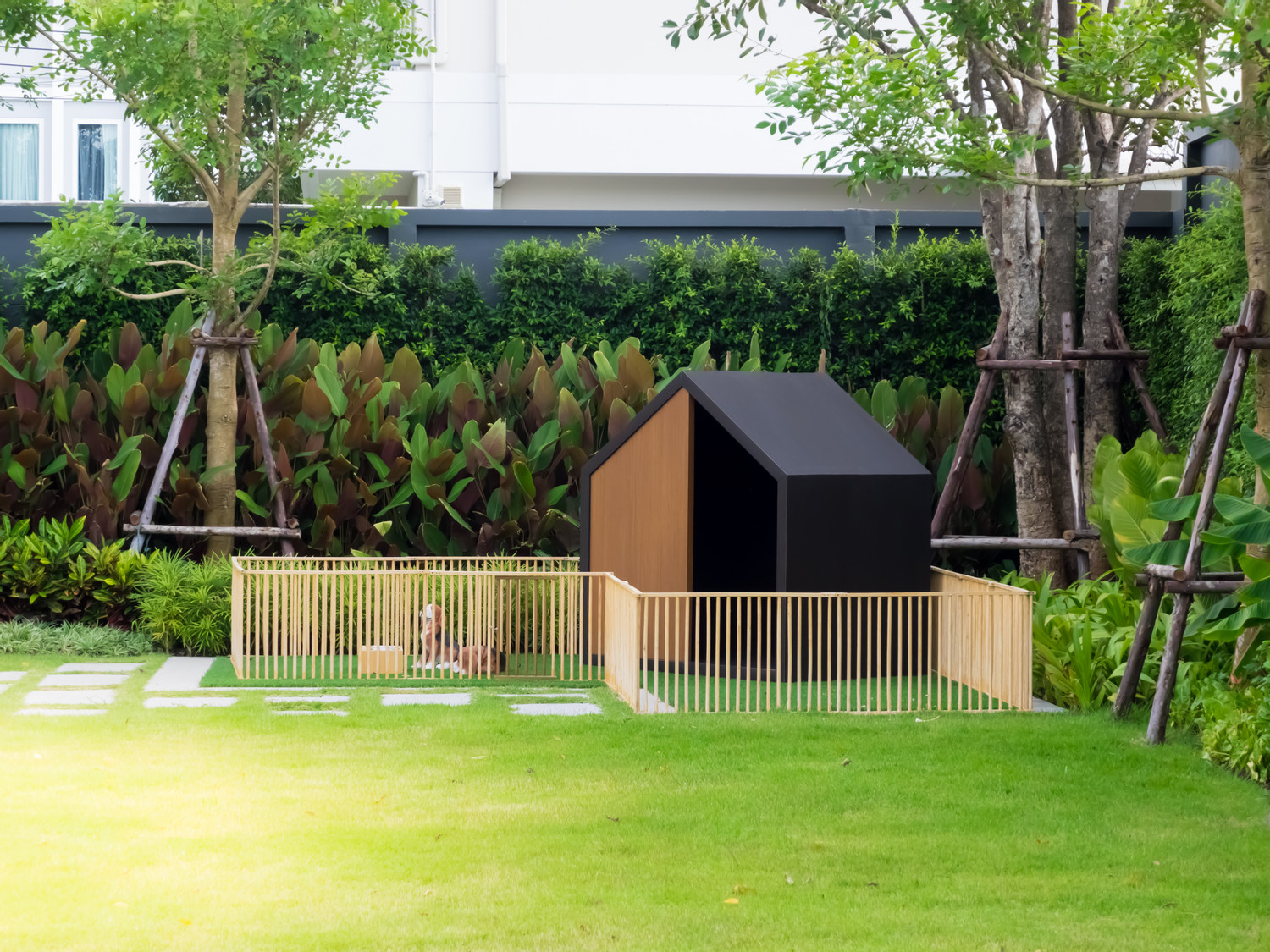 2. Adjustable Ventilation
2. Adjustable Ventilation